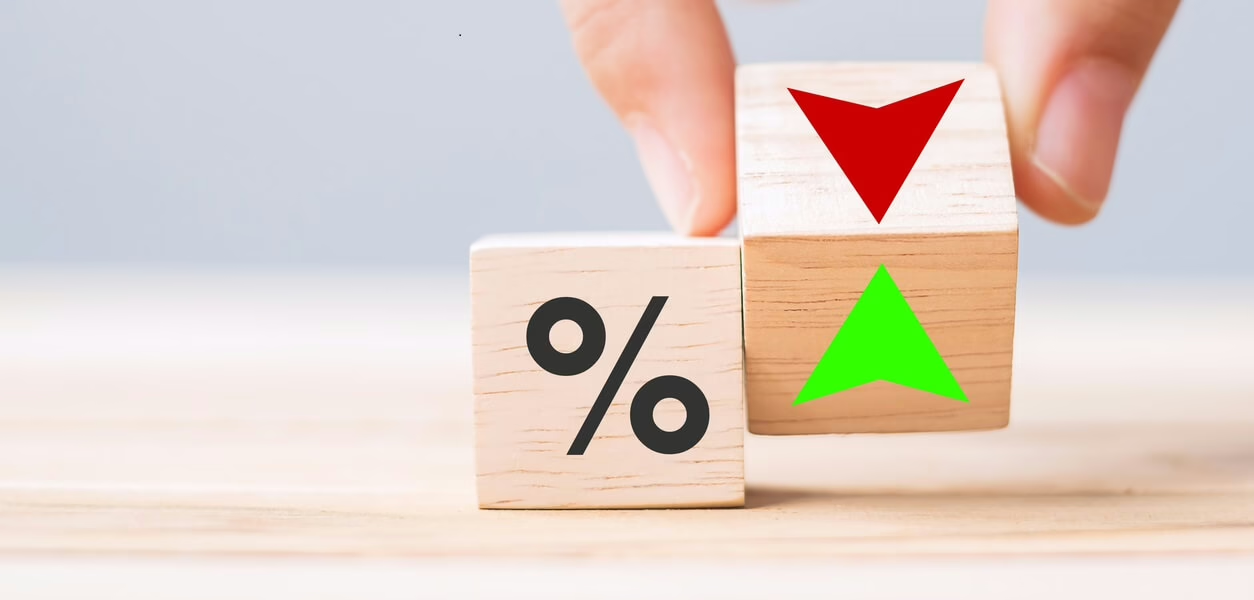
What happens to retirement savings and income when inflation is high?
Inflation is having a major impact on most Australian households, affecting both young and old. Last week the Reserve Bank again raised interest rates, to an 11-year high of 4.1 per cent. You may not have a mortgage, but you could be living on retirement income. So what does stubbornly high inflation mean for retirees? Will inflation ruin your retirement? And are there any investments for retirees which can ride the ups and downs of inflation?
We talked to Retirement Essentials Director, Jeremy Duffield, to help us better understand how inflation can affect your savings and spending goals.
First, some background.
Assets and inflation
As measured by the Consumer Price Index (CPI), inflation in the last quarter (April) was 6.8 per cent, and the annual rate was 7.0 per cent.
How your retirement will be affected by such persistently high inflation depends upon the nature of your assets and the mix. Different asset classes respond differently under persistent price pressures.
Here’s a brief overview of how the major Australian asset classes have performed over the past 12 months.
- Cash – This has improved as an asset class over the past 12 months, but savings account and term deposit interest rates continue to be well below the headline inflation rate of 7 per cent.
- Super – Superannuation returns tend to depend upon individual fund performance. You may be with a retail or industry fund or your own Self-Managed Super Fund According to industry analyst, Chant West, the median growth fund, in which the majority of people are invested, was 1.2 per cent higher for April, bringing the year-to-date performance to 8.1 per cent.
- Investment Property – This again depends upon the nature of the property and where it is located. Post-Covid 19, commercial property has been a challenging sector, with sluggish returns.
- Shares – It’s been quite a volatile year for the Australian Share Market, with the All Ordinaries up 3.4% year to date. This is lower than recent years, but a far better result than the overall loss in the previous financial year.
(NB all above % changes are indicative only)
What insights does Jeremy have to offer?
First up, he reminds us of a fundamentally important point, and that is the protection from inflation offered by the Age Pension, which he describes as ‘truly terrific’.
“The Age Pension is a great hedge against inflation. It has increased by 7.9% in the past year as compared with 7% CPI. This is because of the mix of inputs for Age Pension indexation, using whichever is the highest indicator across the Consumer Price Index (CPI), Average Weekly Ordinary Time Earnings (AWOTE) and Pension Beneficiary Living Cost Index (PBLCI) measurements. This system of indexation provides a secure benefit for older Australians. This sentiment is supported by recent research from the CBA showing that spending has kept up for those aged 60+, but not so for younger people.”
Not all retirees are on a full or part-Age Pension, with about 30% more likely to be self-funded. This means that, without the protection of an inflation-adjusted Age Pension, they are more likely to be exposed to movements in the markets.
Jeremy advises,
“It’s important to hold diversified portfolios. Over time, shares have beaten inflation by a hefty 5-6% per annum. They may be soft in the short term, but that never lasts. Shares are investments in companies which participate in the real economy. As such, profits will be made and dividends paid. It’s really important for investors to look past short term returns and to consider their longer term needs.”
Vanguard have a terrific chart on the performance of various asset classes over the last 20 years which you can find here.
As inflation forces interest rates up, deposit rates also increase. Jeremy urges those with savings deposits to shop around for the best rate. There are many comparison websites which take the hard work out of this exercise. You may also wish to negotiate with your current bank or institution, rather than moving your savings. One of our members, 95-year-old Betty, has done this by phone quite successfully!
And one important, but often overlooked point. For the three-quarters of retirees who are homeowners, their family home remains the major pillar of their retirement wealth. The price of the home has probably increased over the longer run, and they are avoiding galloping rental increases, forced by inflation. They also retain a major source of equity, if and when needed.
Of course those who still have a mortgage on their home are paying higher interest due to inflation or the end of lower fixed term loans. Whilst this is less than ideal when you are living on a retirement income, there are actions that you can take to manage this, including using super to reduce the mortgage, downsizing, or negotiating payment schedules with your lender. There are many strategies for retirees to use their super in combination with a home mortgage.
Drawing down your assets, usually in an Account-based Pension, during a time of low growth can feel challenging. This, however, doesn’t mean that you are bound to run out of retirement funds so you must live more frugally. As we have mentioned before, the findings of the 2020 Retirement Income Review was that many retirees underspend, perhaps because they do not access accurate retirement spending forecasts and do not fully understand their options.
What do you think?
Is high inflation keeping you awake at night?





Thank You for the information. Yes, high inflation is keeping me awake and feeling constant stress.
You mention the positive super returns yet our super has not increased for about 3 years since Covid and we feel we are definitely going backwards with inflation. We are with Australian Retirement Trust.
Debbie
Hi Debbie, you’re not alone in trying to assess the impacts of inflation against your own situation and what you might be able to do to help mitigate these. Each superfund is invested differently and will have various asset types within each fund. The average return referenced in the article with a positive return is a Median Growth fund, if you would like to understand more about what this means and how your super is invested, I can address this further in one of our General Advice Consultations, you can book one by clicking here.
It seems basically unfair that frugal people who have saved all their lives (no fancy trips or frivolous possessions) are not eligible for the CPI-indexed age pension because they are deemed to be asset-rich. They instead have to rely on their inflation-ravaged savings. This suggests that the system rewards non-frugality which seems wrong. New Zealand has a universal age pension, which for all of its faults, nonetheless encourages people to save and take control of their finances.
Similarly UK has a universal age pension
I agree, that those who are not eligible for the aged pension, should at least, at least get the benefits of the aged pension
Totally agree that self funded retirees who have worked hard to put money into super so as not relying on government funding should at least get the same benefits as people on a government pension!
I support the universal age pension and would go further and suggest a universal basic income for all, rather than spending colossal amounts on nuclear submarines.
I totally agree with previous comments on the Universal age pension. It treats everyone equally, stops people feeling they need to game the system. I have a SMSF, which is largely made up from funds I have deposited on a non concessional basis, and now it is being eyed off by Govt as the perception is Baby Boomers are a lucky generation. I have relatives in NZ who enjoy the universal pension and sleep comfortably at night. On the other hand, I find the requirement to keep up with legislative changes, submitting returns, compliance etc is a huge impost and source of anxiety.
The decision to pay off a mortgage by taking money from your super is a very personal one. But what is often overlooked is that you can ALMOST pay off your mortgage, keeping it at a very small balance (say less than $1000). Your repayments are tiny so increases in interest rates make little difference and if you have an equivalent balance in offset accounts you pay no interest at all. Plus, if you retain a redraw facility, you still have access to the money you’ve paid off in the case of emergencies.
Why worry….. one day you die and it means nothing.
You are born with nothing and you level this world with nothing…